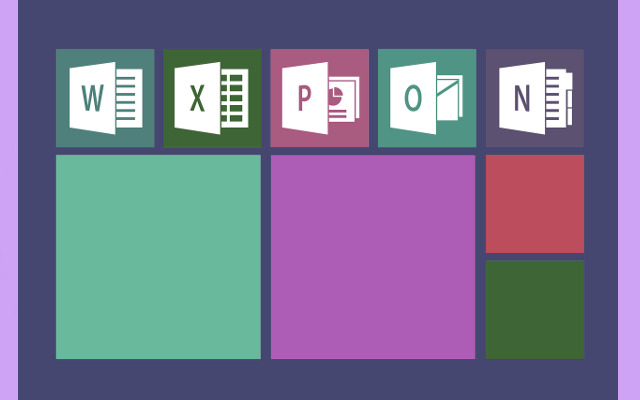We spoke over the primary settings in the windowsPE and oobeSystem passes of the Autounattend.xml response file in Part 2. With these settings, Windows 10 will install itself without any help from the user. Part 3 is about more complex customization, such employing extra administrator passes and the $OEM$ folder structure to make a basic Windows installation into a fully configured system. These steps involve adding drivers, adjusting some safety and authority settings, and even running scripts after the installation is done. This means that the unattended installation is not only automatic, but also well suited to the place where it will be utilized. This extra degree of detail is what sets basic automation apart from expert, zero-touch execution.
Advanced Configuration and System Injection
Personalizing the Installation using the Special Pass (Pass 4)
The specialize pass runs right after Windows is installed but before the system is finished and checked. This is the best time to set up and customize settings that are specific to your hardware.
Driver Injection: This is where you tell Windows Setup where to get an out-of-the-box driver store. You may make sure that your hardware works right away by telling it where to find the drivers it needs like a network or chipset drivers don’t come in the default Windows image.
Licensing and Activation: In the windowsPE pass the product key is usually specified, however in handling more complex licensing issues this is the best place to do it such as turning off firewall prompts or setting up particular OS features.

The $OEM$ Folder Structure for Adding Files
The $OEM$ folder structure is in charge of files, scripts, and apps, while the Autounattend.xml file is in charge of settings. When put in the root of the installation disk, it tells Windows to copy files to certain places on the new Windows drive.
Structure and Purpose: The installer sees the $OEM$ folder and copies its contents while it is setting up. For instance:
The SetupComplete.cmd Command: A script called SetupComplete.cmd is placed in the \$OEM$\$$\Setup\Scripts directory because this is a standard way to do it. Before the user sees the login screen, the script will run on its own near the end of the installation process. This is suitable when you have light apps to be installed, the registry must be fixed, or make your own audit tools to run.
Key Notes
Using the specialized configuration pass and the $OEM$ folder structure is the last step in making Windows 10 unattended media. Administrators with the help of these utilities make it easy for them to add drivers, as well as to make system settings change, and run scripts after installation. Integrating the basic setup automation from Part 2 with these advanced customization methods from Part 3, a strong, repeatable deployment solution is the result that can install a fully configured, production-ready Windows 10 image without any help from a person.
Explore Windows — power up your PC!






